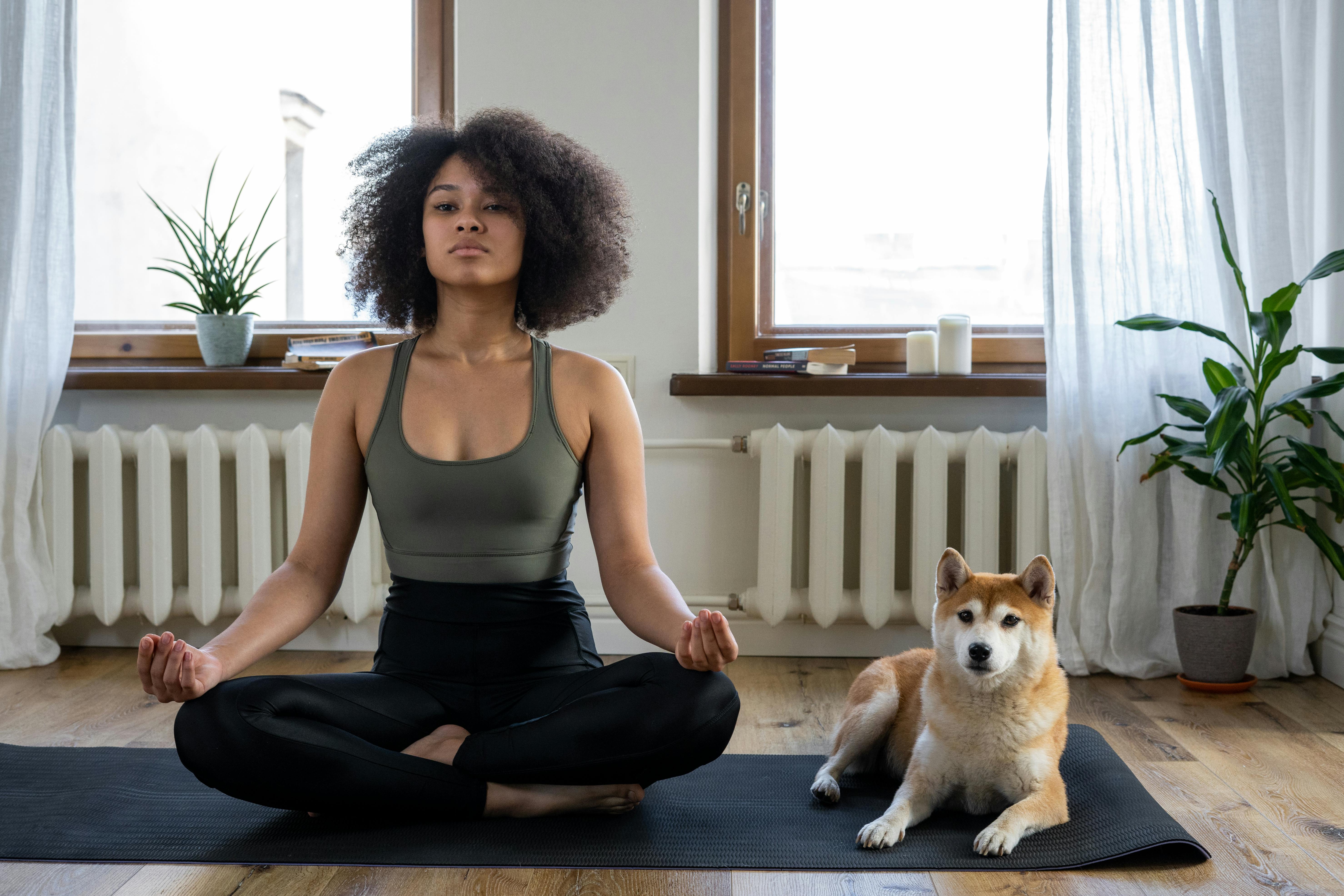Have you ever wondered why your back aches after a long day, or why your shoulders seem to round forward no matter how hard you try to stand tall? The answer often lies much deeper than you think: in your core. Far from just being about a six-pack, your core muscles are the unsung heroes of your body, providing stability, balance, and the foundation for every movement. This article will delve into the intricate relationship between a weak core and compromised posture, exploring how this connection impacts your overall body shape and well-being. By understanding these dynamics, you’ll gain valuable insights into improving your physical health and reclaiming a more aligned, pain-free existence.
Understanding Your Core: More Than Just Abs
When most people hear “core,” they immediately think of the rectus abdominis, the muscle responsible for the coveted six-pack. However, your core is a complex network of muscles that wraps around your entire torso, from your diaphragm down to your pelvic floor. These muscles work synergistically to stabilize your spine and pelvis, acting as the central powerhouse for all movement.
Key Core Muscles and Their Roles
- Transverse Abdominis (TVA): This deep muscle acts like a natural corset, compressing the abdominal contents and stabilizing the lumbar spine. It’s crucial for maintaining intra-abdominal pressure.
- Obliques (Internal and External): Located on the sides of your torso, these muscles are responsible for rotation and lateral flexion of the trunk. They also assist in spinal stability.
- Erector Spinae: A group of muscles running along your spine, they help extend and rotate the back, playing a vital role in upright posture.
- Pelvic Floor Muscles: These muscles form the base of your core, supporting organs and contributing to core stability and continence.
A strong, balanced core ensures that your spine is properly supported, allowing for efficient movement and reducing strain on other parts of your body. Conversely, weakness in any of these areas can disrupt the delicate balance, leading to postural deviations.

The Direct Link: Weak Core and Postural Deviations
When your core muscles are weak, they cannot effectively perform their primary role of stabilizing the spine. This lack of support forces other muscles to compensate, leading to imbalances and common postural issues. The body seeks the path of least resistance, often resulting in a slumped or misaligned posture.
Common Postural Problems Caused by Core Weakness
- Anterior Pelvic Tilt (Swayback): A weak core, particularly the abdominal muscles, can lead to the pelvis tilting forward. This increases the natural curve in the lower back (lumbar lordosis), often resulting in a protruding abdomen and buttocks.
- Rounded Shoulders and Forward Head Posture: When the core cannot adequately support the upper body, the shoulders tend to roll forward, and the head juts out. This puts immense strain on the neck and upper back muscles.
- Scoliosis (Functional): While structural scoliosis is a spinal deformity, a weak core can contribute to functional scoliosis, where the spine curves laterally due to muscular imbalances rather than bone structure.
“A strong core is the foundation of all movement. Without it, the body compensates, leading to inefficient movement patterns and increased stress on joints and ligaments.” – Dr. Stuart McGill, Professor Emeritus, Spine Biomechanics, University of Waterloo.
These postural deviations are not merely cosmetic; they can significantly impact your body’s mechanics and lead to chronic pain and discomfort.
Posture’s Impact on Body Shape and Appearance
The way you hold your body directly influences your perceived and actual body shape. Poor posture can create the illusion of a larger midsection, shorter stature, and an overall less confident appearance. It’s not just about fat distribution; it’s about how your skeletal structure is aligned.
Visual Effects of Poor Posture
- Protruding Abdomen: An anterior pelvic tilt can push the abdominal contents forward, making the belly appear larger even in individuals with a healthy body weight. This is often mistaken for excess belly fat.
- Shorter Stature: Slouching and rounded shoulders can reduce your effective height by several inches, making you appear shorter and less imposing.
- Altered Hip and Glute Shape: Poor pelvic alignment can affect the engagement of gluteal muscles, potentially leading to a flatter appearance or even discomfort in the hips.

Beyond Aesthetics: Health Implications of Poor Posture
The consequences of poor posture extend far beyond how you look. Chronic misalignment can lead to a cascade of health issues, impacting everything from your pain levels to your respiratory function.
Common Health Problems
- Chronic Pain: This is perhaps the most common complaint. Poor posture places undue stress on the spine, muscles, and joints, leading to persistent back pain (lower, mid, and upper), neck pain, and headaches.
- Reduced Lung Capacity: A slumped posture compresses the chest cavity, restricting the diaphragm’s movement and reducing lung volume. This can lead to shallower breathing and decreased oxygen intake.
- Digestive Issues: A hunched position can compress internal organs, potentially affecting digestion and leading to issues like heartburn or constipation.
- Increased Risk of Injury: When your body is out of alignment, your balance is compromised, and your muscles are not working efficiently. This increases your susceptibility to falls and injuries during daily activities or exercise.
Addressing core weakness is a proactive step towards mitigating these health risks and improving your overall quality of life.
Rebuilding Your Foundation: Strengthening Your Core
The good news is that core strength can be improved at any age. Consistent and proper core exercises can significantly enhance your posture, alleviate pain, and improve your body’s functional efficiency.
Effective Core Strengthening Exercises
Focus on exercises that engage the deep core muscles, not just the superficial ones.
- Plank: This isometric exercise engages the entire core, including the transverse abdominis, obliques, and erector spinae. Focus on keeping a straight line from head to heels.
- Bird-Dog: Starting on all fours, extend one arm forward and the opposite leg backward, maintaining a stable core. This exercise improves balance and spinal stability.
- Dead Bug: Lying on your back, extend opposite arm and leg while keeping your lower back pressed into the floor. Excellent for engaging the deep core without straining the back.
- Glute Bridge: While primarily targeting the glutes, this exercise also strengthens the core and helps correct anterior pelvic tilt.

Beyond Exercises: Holistic Approach
While exercises are crucial, a holistic approach yields the best results:
- Ergonomics: Ensure your workstation, car seat, and sleeping arrangements support good posture.
- Mindfulness: Regularly check your posture throughout the day, especially when sitting or standing for long periods.
- Flexibility: Tight hip flexors or hamstrings can pull your pelvis out of alignment. Incorporate stretching into your routine.
Visualizing the Change: Posture Improvement Over Time
Improving posture is a gradual process that requires consistency. Here’s a simplified representation of how core strengthening can impact your posture over time.
Posture Improvement Timeline (Conceptual)
| Timeframe | Expected Changes | Core Strength Level |
|---|---|---|
| Weeks 1-4 | Increased awareness of posture, slight reduction in minor aches, initial muscle activation. | Beginner |
| Months 1-3 | Noticeable improvements in standing and sitting posture, reduced chronic pain, improved balance. | Intermediate |
| Months 3-6+ | Sustained good posture becomes more natural, significant reduction in pain, enhanced athletic performance, improved body confidence. | Advanced |
Consistency is key. Even short, regular core workouts can make a profound difference.
Conclusion: Stand Tall, Live Better
The connection between a weak core and poor posture is undeniable and far-reaching. Your core muscles are the foundation of your body’s stability, and when they falter, your posture suffers, leading to a cascade of physical discomforts and even affecting your perceived body shape. From chronic back pain to reduced lung capacity, the implications are significant.
However, the power to change lies within you. By committing to strengthening your core through targeted exercises and adopting mindful postural habits, you can realign your body, alleviate pain, and enhance your overall well-being. It’s not just about looking better; it’s about feeling better, moving more freely, and living a more vibrant life.
What’s one core exercise you plan to try this week to improve your posture? Share your thoughts in the comments below!
